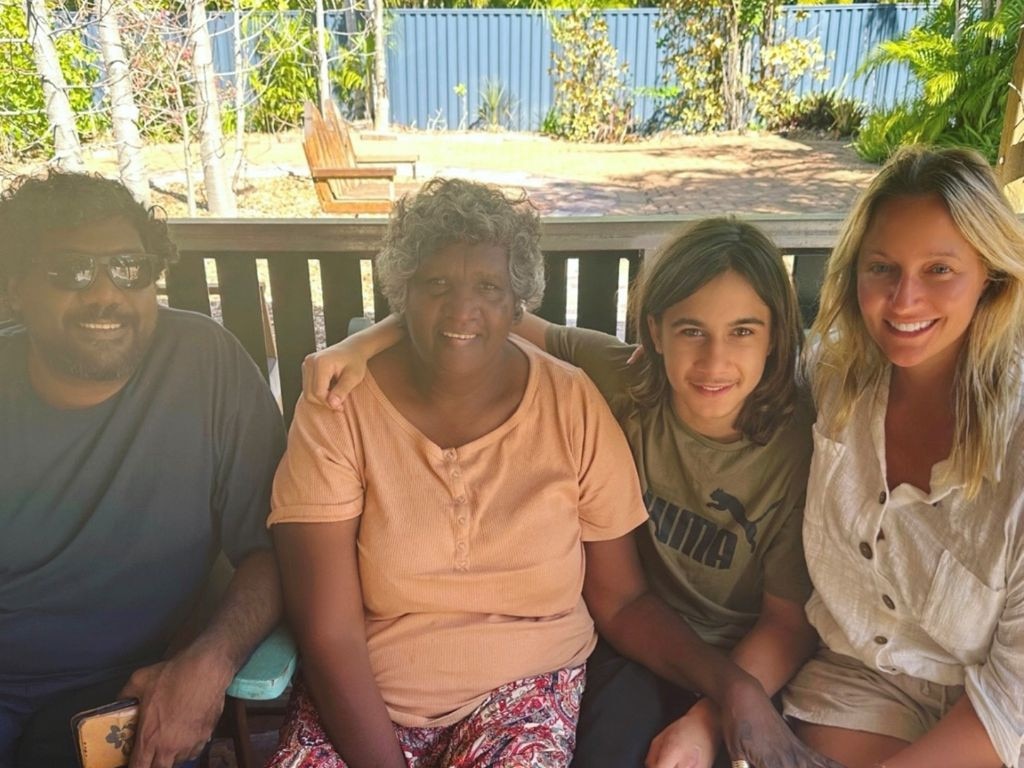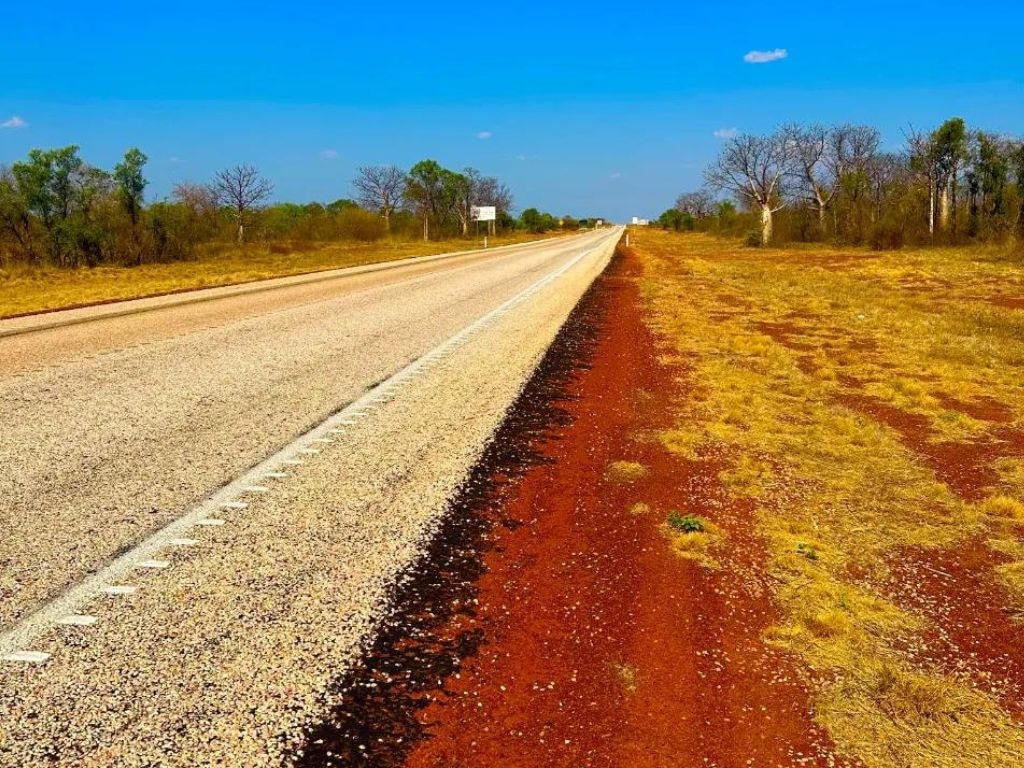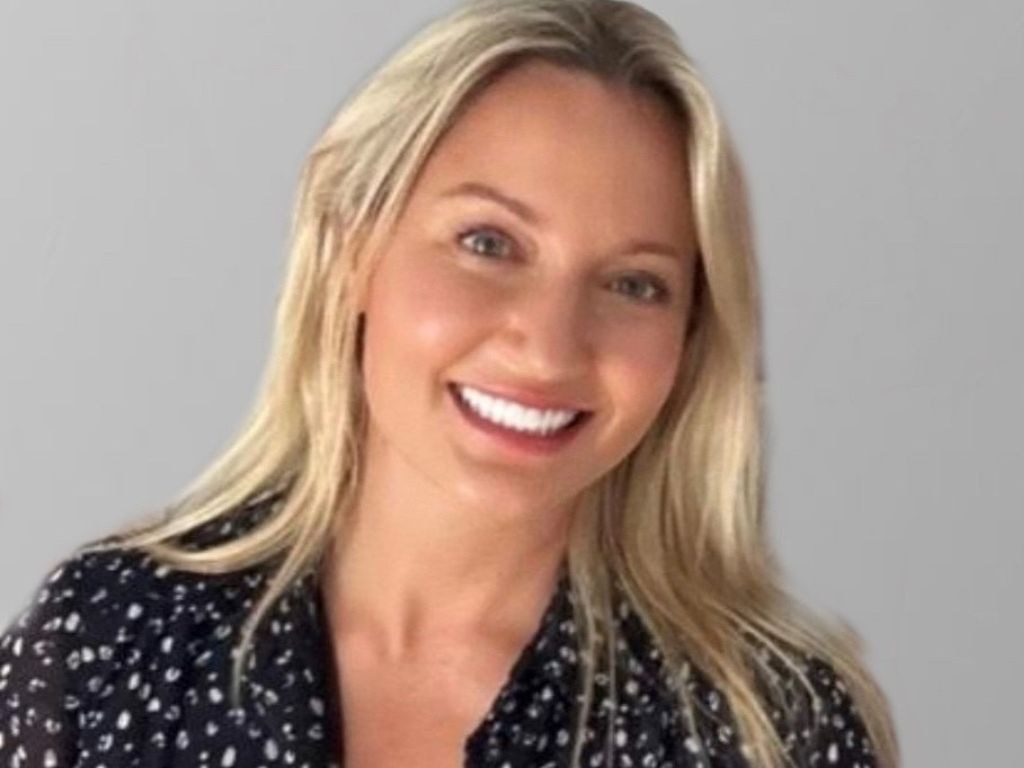World-first GP drone for 7.3 million people in rural and remote Australia
A world-first medical drone is set to change millions of lives in Australia - here’s how it works.
A world-first project is developing medical drones to deliver essential health services that a GP might provide to send to rural and remote parts of Australia.
Around seven million people live in rural and remote regions in Australia, that is 28 per cemt of the total population — some 7.3 million people.
Kija man Aiden Martin, 38, from Halls Creek in the Kimberley region, said he hopes the Wildu Aero project creates better health outcomes for his community.

“When working as an Aboriginal healthcare worker we had to send pathology specimens on the greyhound bus that used to travel 10 hours to Broome and we didn’t get the results back until the following week,” Mr Martin said.
“This is something that is still happening today.
“Our community faces plenty of health issues, including renal failure and diabetes.
“Patients have to move out of town for treatments like dialysis because we don’t have any dialysis centre or anything like that.
“They miss home and their families while undergoing those treatments.”

Rural and remote regions of Australia are some of the country’s most vulnerable and under-served areas when it comes to health.
The leading cause of death in all remote regions in Australia is ischaemic heart disease, and the second-leading cause of death is diabetes, according to the Royal Flying Doctor’s Service 2022 report.
Indigenous Australians living in New South Wales, Queensland, Western Australia, South Australia, and the Northern Territory combined, are 5.2 times more likely to die from diabetes; 3.3 times more likely to die from chronic lower respiratory disease; 2.6 times more likely to die from malignant lung cancers; and 2.6 times more likely to die from intentional self-harm; and 2.5 times more likely to die from the ischaemic heart disease, than non-Indigenous Australians, according to the Royal Flying Doctor’s Service 2022 report.
The Wildu Aero project officially launched on April 22 in partnership with the University of Sydney and ASAC Consultancy; a health and aged care consultancy that works to bridge the gap in health inequalities.

“A few years ago while consulting in remote and rural regions of Australia my team and I witnessed serious health inequities,” Founding Director of ASAC Consultancy Anna Klis said.
“We saw patients passing away from basic infections, such as sepsis, that if treated in a timely manner would resolve with minimal interventions.
“We witnessed patients having to travel three to five days for a basic blood test.
“Essential services such as treatments and medications are also unable to be delivered due to the far distances.
“So from there, the idea of using drone technology was conceived.”
Ms Klis reached out to Associate Professor Dries Verstraete at the University of Sydney, who is world-leading in aeronautical engineering and hydrogen fuel cell propulsion.
The drone that Professor Verstraete and his team are developing is using innovative unscrewed aerial vehicle (UAV) technology that is hydrogen-fuelled and emissions free; making it environmentally sustainable.

The medical drone will deliver essential health services such as pathology, treatments, medications and telehealth services in rural and remote regions of Australia.
“We are hoping to get a proof of concept in the next six months and then do some initial flight testing within the year,” Professor Verstraete said.
Co-design discussions for the development of the drone are underway with health organisations in remote regions across Western Australia, with the intention to reach all states and territories, including the Northern Territory, Queensland and New South Wales.
“As an aeronautical engineer it is not often that you have the opportunity to have an impact on the quality of life in rural and remote Australia,” Professor Verstraete said.
“That is why this project stands out for me.”
Ms Klis has a particularly personal connection to the project.
“My son is Aboriginal and several years ago I lost my late partner to cardiovascular disease when he was 38 years old,” she said.
“So this a project that is very close to my heart.”
Originally published as World-first GP drone for 7.3 million people in rural and remote Australia




